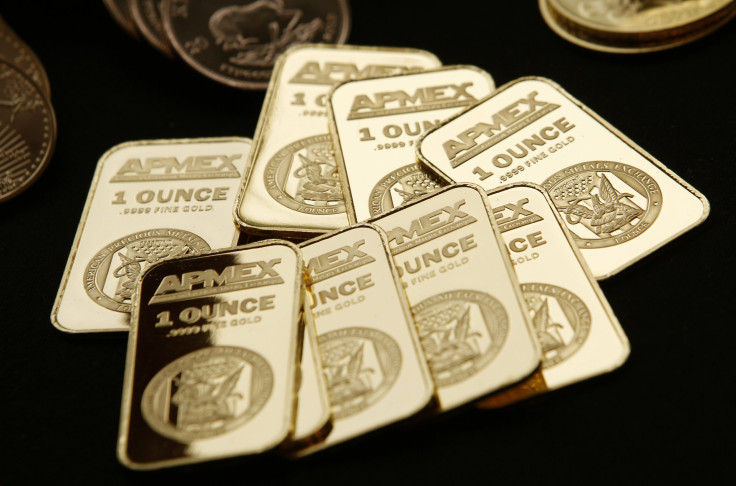Gold Consumer Demand Rose By 53% In Q2, Despite Fall In Demand In Western Countries, Pointing To Geographical Shift In Investment

Global demand for gold among consumers, which includes the sale of jewelry, gold coins and gold bars surged 53 percent in the second quarter of 2013, despite a fall of 12 percent in the total demand for gold, aided by strong interest for the precious metal from India and China, according to a report on gold released by the World Gold Council, or WGC, on Thursday.
According to the report titled “Gold Demand Trends,” the surge in demand from the two Asian giants offset an outflow from exchange traded funds, or ETFs in the U.S., depicting a geographical shift in demand from the West to the East.
“The trend depicted self-balancing nature of gold, and geographical shift from the West to the East as the decline in the demand from the U.S. and European Union countries were offset by increased demand from the East, especially from China, which has pro-gold policy,” Somasundaram PR, WGC's India managing director, told International Business Times.
Global demand for jewelry in the second quarter rose 37 percent to 576 tons year-on-year -- the highest level of demand since the third quarter of 2008. Demand for gold coins and bars jumped up 78 percent to 507 tons, aided by a 157 percent increase in demand in China and a 116 percent increase in India, the report showed.
However, total gold consumption declined in the second quarter by 12 percent to 856 tons -- worth US$39 billion -- down from 975 tons valued at $50 billion in the same quarter in 2012.
The drop in total gold demand was attributed to several factors including a steep fall in the value of the metal and a strengthening of the U.S. economy and its equity markets that took the luster off of gold and gold-based trading funds, triggering an outflow from ETFs.
“The sharp drop in investments in ETFs is purely U.S driven phenomena. They have withdrawn close to 400 tons... these were strategic investors, as we'll call them, who parked their money in the gold-backed ETF’s when equity markets took a blow during the financial crisis… now with equity markets improving they have moved the money out,” Somasundaram told IBTimes.
The report also showed that the gold industry’s focus is shifting to the East, as consumption has rebounded in India and China, which together account for 60 percent of the world’s total demand.
The trend also emphasizes a divergence in different forms of gold investments, such as jewelry, bars and coins and ETFs, based on gold and gold derivatives.
“The second quarter continued the trend that we saw in the first, of a rebalancing in the market, as gold coming onto the market from ETF sales met with a wave of demand for bars and coins, as well as jewelry," Marcus Grubb, managing director of investments at WGC, said in a statement.
"This surge in bar and coin investment was a common theme in key markets around the world, and has been particularly prominent in the world’s biggest gold markets, India and China."
A sharp fall in the value of gold, which fell more than 20 percent this year, has challenged the stature of the precious metal as a safe-haven investment, especially in the U.S. and European countries where investments in gold are typically made in ETF’s and gold bars. But, in countries such as India and China, where gold is part of the local tradition and culture, and every form of gold, including jewelry is an investment due to the high purity of the metal used, the fall in its price has boosted the demand for physical gold.
“The U.S. market is not going to be the determinant of prices going forward,” Somasundaram said.
© Copyright IBTimes 2024. All rights reserved.












